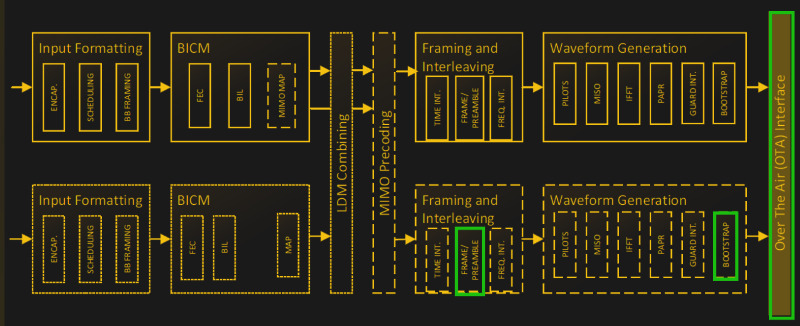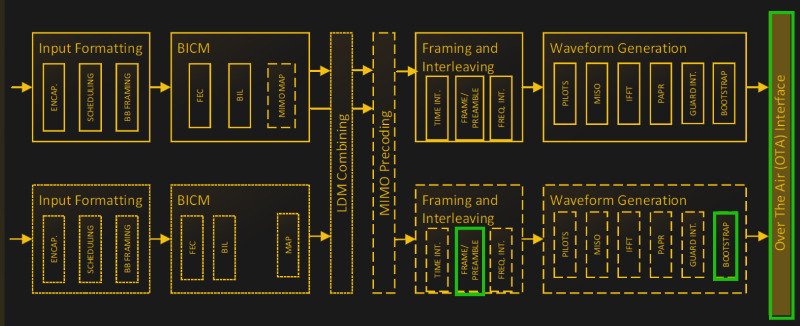
GPS and similar satellite navigation systems revolutionized how you keep track of where you are and what time it is. However, it isn’t without its problems. For one, it generally doesn’t work very well indoors or in certain geographic or weather scenarios. It can be spoofed. Presumably, a real or virtual attack could take the whole system down.
Addressing these problems is a new system called Broadcast Positioning System (BPS). It uses upgraded ATSC 3.0 digital TV transmitters to send exact time information from commercial broadcast stations. With one signal, you can tell what time it is within 100 ns 95% of the time. If you can hear four towers, you can not only tell the time, but also estimate your position within about 100 m.
The whole thing is new — we’ve read that there are only six transmitters currently sending such data. However, you can get a good overview from these slides from the National Association of Broadcasters. They point out that the system works well indoors and can work with GPS, help detect if GPS is wrong, and stand in for GPS if it were to go down suddenly.
If all digital TV stations adopt this, the presentation mentions that there would be 516 VHF stations operating with up to 10 kW over two widely separated bands. That adds to 1,526 UHF stations running between 100 kW to 1000 kW. So lots of power and very diverse in terms of frequencies. Coverage is spotty in some parts of the country, though. A large part of the western United States would lack visibility of the four stations required for a position fix. Of course, currently there are only five or six stations, so this is theoretical at this point.
The Real Story
If you read the slide deck, the real story is at the end in the backup slides. That shows the ATSC standard frame and how the preamble changes. The math is fairly standard stuff. You know where the stations are, you know what time they think they sent the signal, and you can estimate the range to each station. With three or four stations, you can get a good idea of where you must be based on the relative receive times.
The stations diversify their time sources, which helps guard against spoofing. For example, they may get time information from GPS, the network, a local atomic clock, and even neighboring stations, and use that to create an accurate local time that they send out with their signal.
Learn More
Most of the slides come from more detailed white papers you can find on the NAB website. A lot of the site is dedicated to explaining why you can’t live without GPS, but you can’t depend on it, either. The bottom right part of the page has the technical papers you’ll probably be more interested in.
GPS is an impressive system, but we know it needs some help. BPS reminded us a bit of LORAN.
This articles is written by : Nermeen Nabil Khear Abdelmalak
All rights reserved to : USAGOLDMIES . www.usagoldmines.com
You can Enjoy surfing our website categories and read more content in many fields you may like .
Why USAGoldMines ?
USAGoldMines is a comprehensive website offering the latest in financial, crypto, and technical news. With specialized sections for each category, it provides readers with up-to-date market insights, investment trends, and technological advancements, making it a valuable resource for investors and enthusiasts in the fast-paced financial world.
